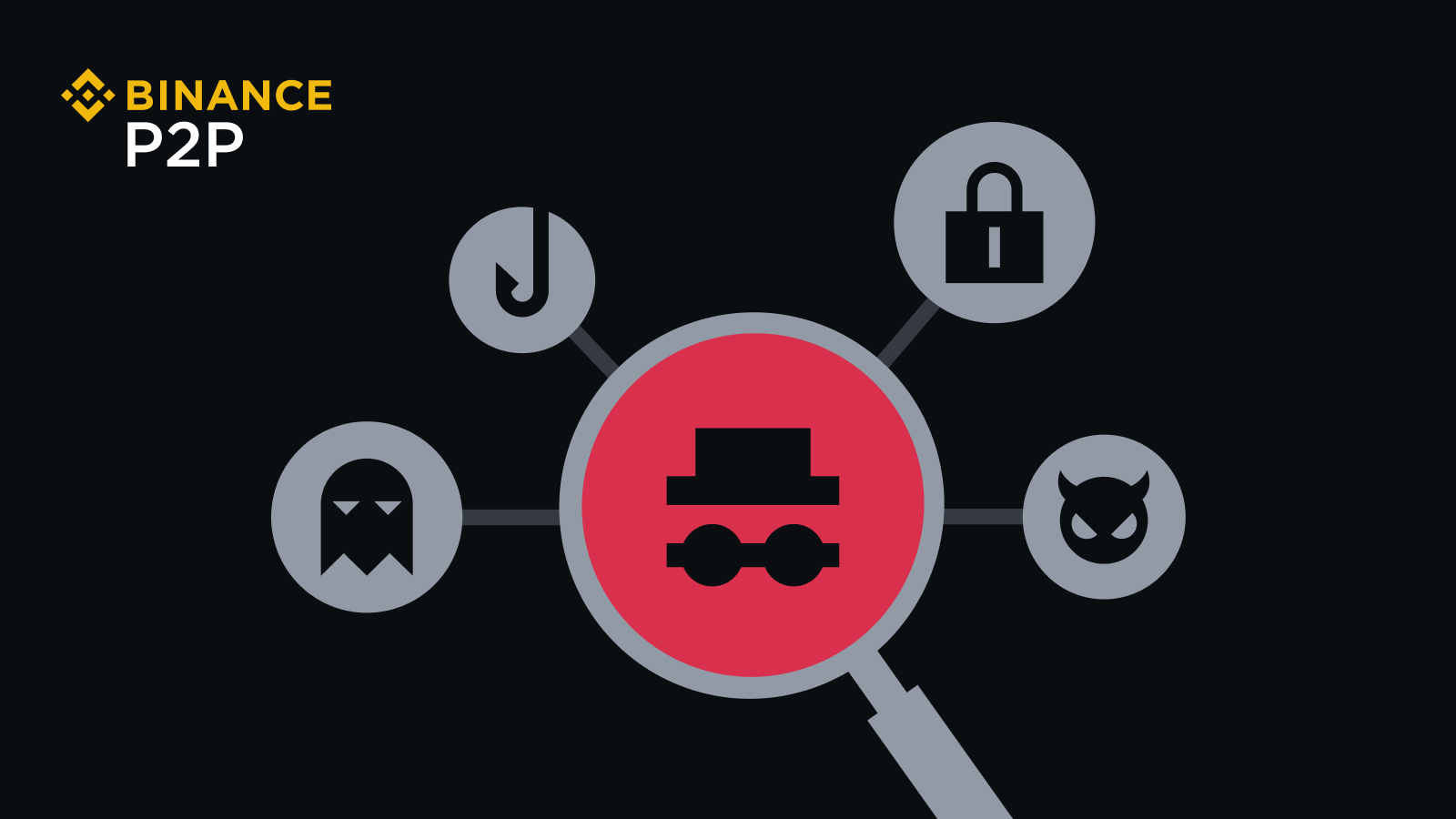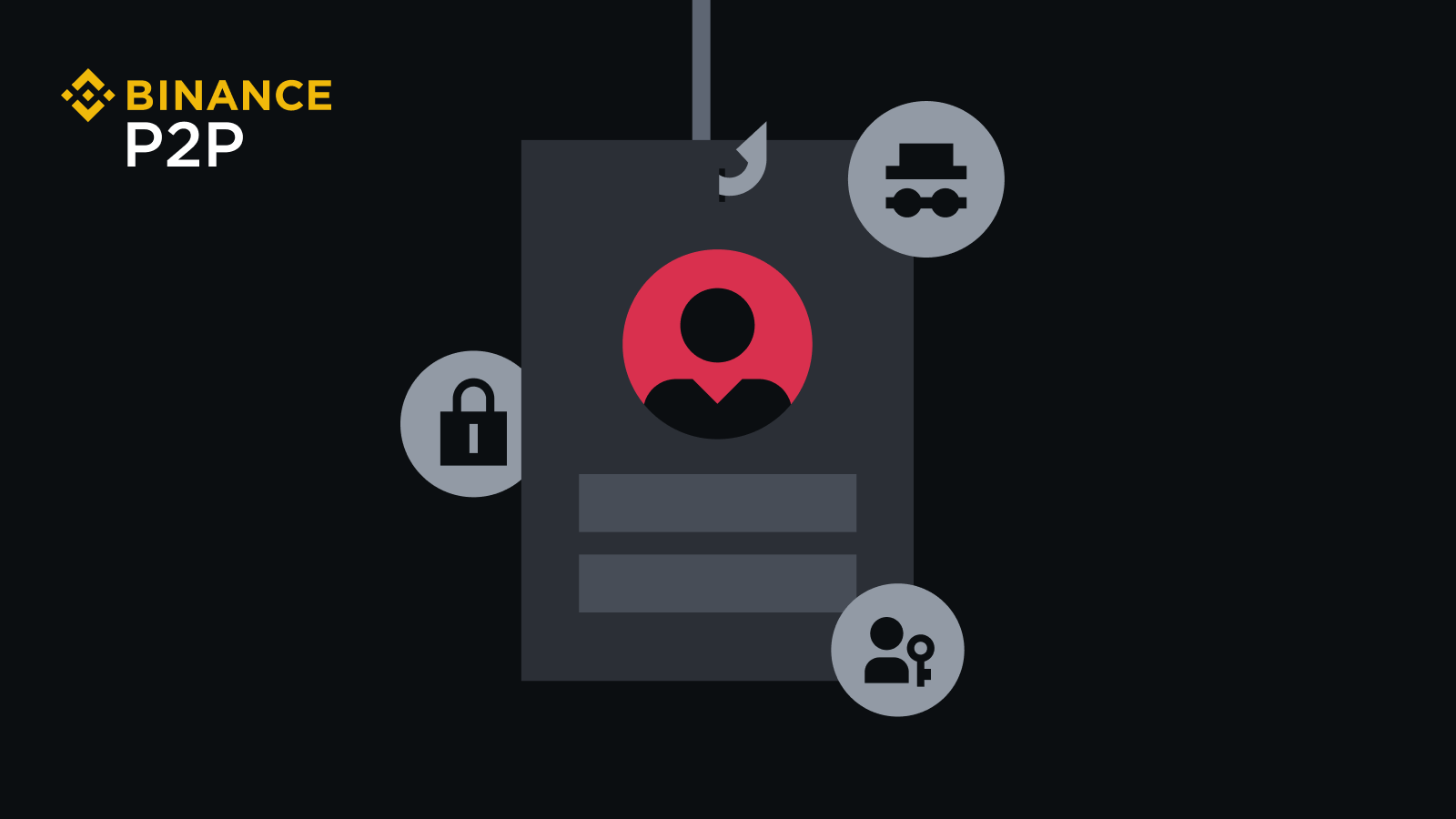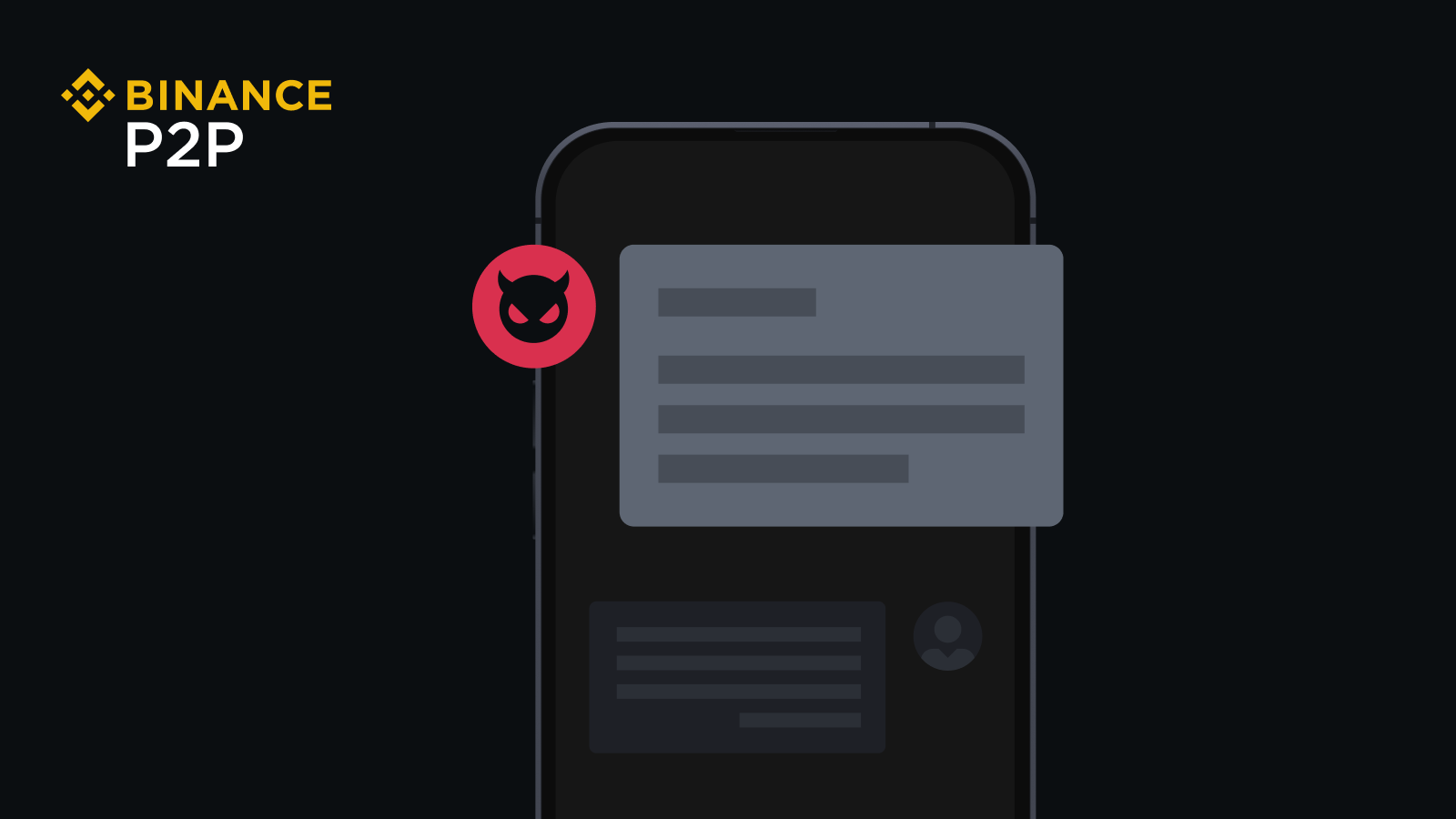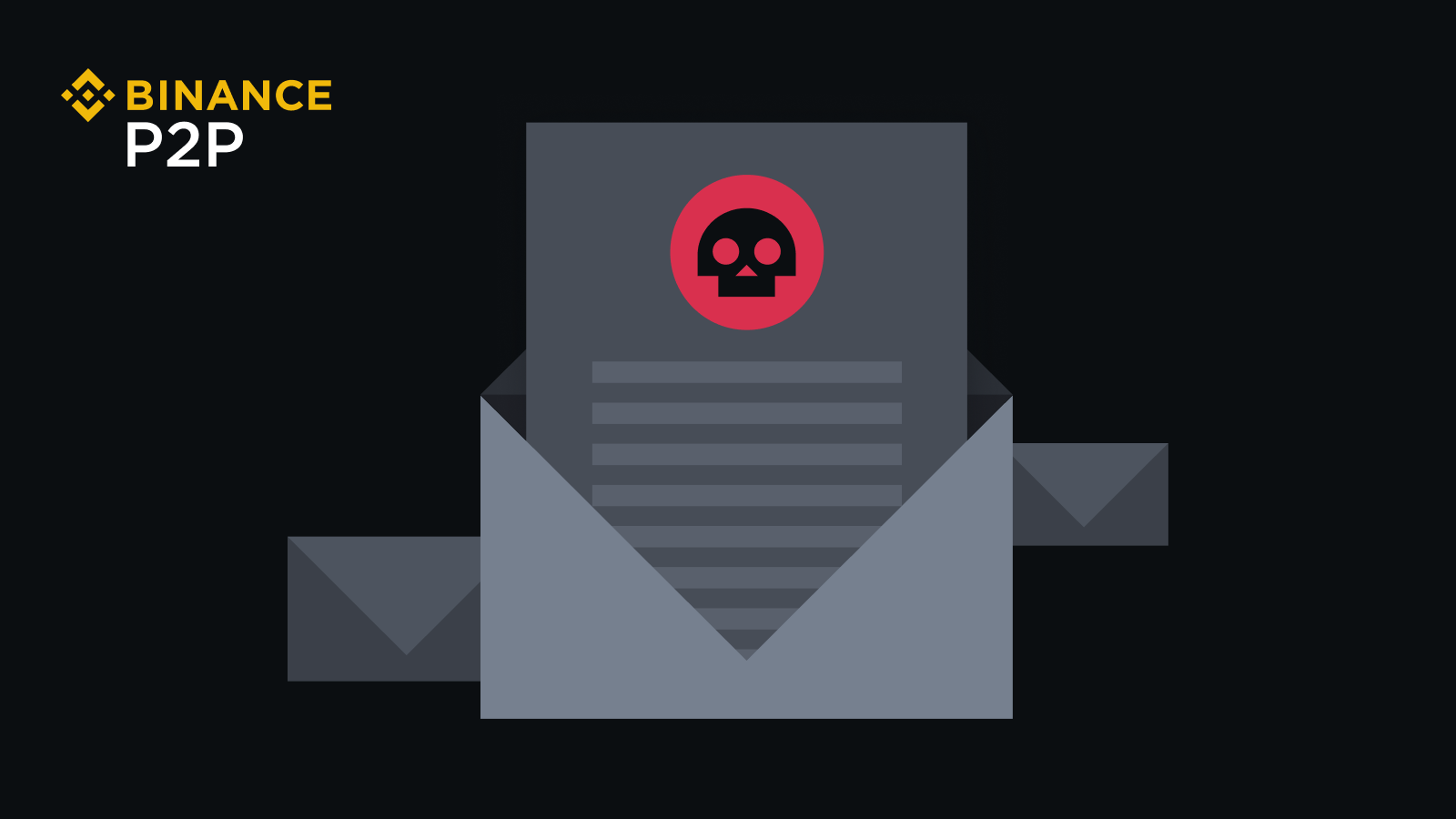Basic conclusions
This blog aims to educate users about cryptocurrency scams prevalent in the peer-to-peer (P2P) trading market, especially those prevalent in developing countries.
Some of the most common cryptocurrency scams on Binance P2P include account selling scams, SMS scams, and email scams.
We'll also explain common signs to recognize these types of scams, as well as tips on how to avoid them.
Identifying digital currency scams
In the rapidly evolving world of cryptocurrencies, staying on top of potential threats is important. While the industry is full of endless opportunities, it also opens new horizons for scammers who lie in wait to prey on innocent victims.
Malicious actors use a variety of ever-changing methods to defraud victims and exploit their hard-earned assets. Therefore, it is essential for users to stay updated on the latest fraud trends to protect themselves and their investments.
In this blog, we aim to highlight three of the most prevalent scams currently affecting Binance users, especially those in developing countries. By understanding how they work and common signs to look for, users can strengthen their defenses against these deceptive cons.
Frauds related to selling accounts
In the context of Binance, account selling scams occur when users are persuaded to give their account details to a scammer, usually with the promise of a huge financial reward. This exchange usually involves selling both the Binance account and the bank account associated with it.
The scammer then pretends to be a seller, advertising fake products or services to people who are not on the Binance platform. His plan is generally to obtain payment for counterfeit products or services into the bank account linked to the sold Binance account. He then uses these stolen funds to buy cryptocurrencies on Binance P2P.
Victims realize they have been scammed when the products or services they paid for are no longer there. They report this fraud, causing the bank account linked to the sold Binance account to be frozen. This suspension could also affect other accounts linked to this account, including the counterparty's P2P accounts through which the stolen funds flowed.
The person who originally owned the account could get into serious legal and financial trouble, even if they didn't know what was happening. Therefore, it is essential not to share or sell your bank account or Binance account details.
Tips to protect yourself
Reinforce your understanding of the rules for your bank and Binance accounts, as they typically prohibit selling or sharing accounts with others.
Constantly monitor your accounts for any suspicious transactions, change passwords regularly, and enable two-factor authentication for an extra layer of protection.
If there is any indication that your account may have been compromised, immediately report these details to your bank and Binance. Additionally, be sure to contact our Customer Support Team to limit potential damages.
SMS scams
SMS scams occur when a scammer sends a fake text message to trick the victim into thinking they have received money. Fraudsters can make SMS messages look like the same ones that banks or digital wallet apps send to their users. Therefore, these messages can trick users into believing that they have already received funds in their bank accounts, prompting them to place orders.
Tips to protect yourself
Always check your bank or e-wallet to confirm payment before making any transaction.
Be careful and check payment information directly through your bank or e-wallet, not just an SMS notification.
Email scams
In email scams, the scammer uses social engineering techniques to trick users into believing that their real money, dollar or euro amounts, is safely held in a Binance escrow account. It then insists that the user must release their cryptocurrencies.
Users usually receive a fake email that appears to be from Binance, falsely stating that their real funds are waiting for them at Binance's escrow service. This phishing email may also try to scare users into thinking that their accounts will be banned if they do not give up their cryptocurrencies.
The scammer basically wants users to transfer their cryptocurrencies before they realize that their real money is not actually in their account.
Tips to protect yourself
Binance P2P does not process payments in supported local currencies, nor does it store them in escrow.
You can use the Binance Verify service to verify email addresses and other personal account information.
Always be sure to check your bank account or wallet to make sure you actually get paid in full for all pending P2P transactions.
Get started with Binance P2P
Are you ready to start trading on the Binance P2P platform? Simply sign up for a Binance account or download the Binance app. Once you have completed the identity verification process, you can start buying and selling cryptocurrencies on the Binance P2P Market and enjoy the benefits of the platform.
Related articles
Disclaimer: Your use of the Binance P2P Services and all information and other content (including that of third parties) contained or accessible from the Binance P2P Services is at your sole risk. Our responsibility is limited to processing digital currency transactions. All payments are final once completed unless otherwise required by law. Binance P2P has no right and no obligation to resolve any disputes arising from completed payments. Neither Binance P2P nor merchants are responsible for your loss after payment has been completed.









